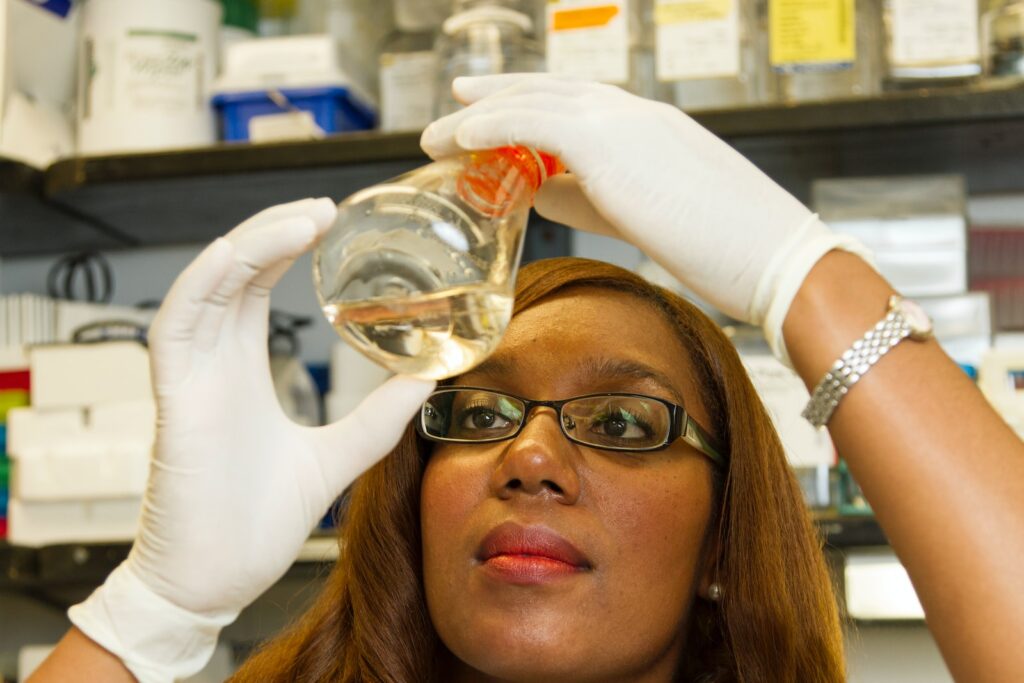
Introduction
Being a pharmacist is one of the most interesting jobs in the healthcare industry. However, life as a compounding pharmacist is unique in the sense that each day will look completely different from the previous. From checking emails, organizing staff meetings, sending off samples for potency testing, or hiring interviews for upcoming personnel each day is always so different. In this article I will walk you through some of the daily tasks from your favorite pharmacist!
Compounding Medications
Compounding is the process of mixing ingredients to create a medication that is not commercially available. For example, if you needed a liquid form of a medication that is only available in pill form, you could ask your pharmacist to compound it for you. Or if you have allergies or sensitivities to certain ingredients (like lactose), your pharmacist might make a slight change in the formulation so that it works with your body chemistry and does not cause any side effects.
Overseeing the Preparation of Compounded Medication
This is the most important part of my job. When technicians prepare medications, they are following a list of instructions (recipe or formula) that are designed to make sure that each patient gets the right amount of medicine. If possible, have another pharmacist check the formula for accuracy before a technician compounds the medication. It is also important that you communicate with doctors or nurses and repeat back strengths of the order to ensure the patient gets the right dose.
This is what I look for in my checks:
- Consistency, is the end product uniform and mixed thoroughly? How does it smell, does it look nice, is it gritty, is it separating, is it pharmaceutically elegant? Depending on the formulation; I want a smooth, well mixed product that can be packaged appropriately for my patient.
- Checking expiration dates or beyond use dates for the individual chemicals that were compounded and the BUD on the final compound.
- Before I sign off I am verifying the technique that the technician used to make the product. Confirming if they followed instructions carefully and which equipment was used.

Building Formulas

Building formulas is a big part of the job. As a pharmacist, you build formulas for patients, doctors, veterinarians, dermatologists, dentists, and so many other healthcare professionals. These are some of the things I do when building a formula:
- I always check my math, then I check it again
- List out all my active ingredients and the strengths
- Decide the base or vehicle that I want my active chemicals to be in
- Check my math again
- Reference my inventory
- Also, check costs. I want to confirm that I can build the best compound at low cost for the patient and the company
Counseling Patients
The pharmacist will advise patients on the use of prescriptions, over-the-counter medications, and compounds. When counseling on the use of compounded products, it is important to be as detailed as possible because the medication may look completely different from anything they may have seen before.
Here are some of the things that I like to do:
- Read the directions to the patient and provide a demonstration
- Then I do the teach-back-method and have the patient show me how to use it
- I go over storage details
- Make sure they understand where to apply it and at what times
- Confirm they know how to use the container it is dispensed in
- Let them know when to call me for a refill so that the lab will have enough time to make it

Updating Drug and Chemical Inventories
It is so important to know what chemicals are available and ready for use. First start with your fastest moving formulas and make sure you have enough base and active ingredients to prepare those products. Check your inventory weekly for expiration dates so you know when you may need to order another chemical.

In my pharmacy we share a google sheet that tracks which chemicals the technicians need to make for certain formulas. From there I reach out to different manufacturers to see who can supply and at the best price.
Here are my tips for drug orders:
- Keep a running list that can be updated by staff daily of items needed
- Build relationships with the manufacturers that supply
- Pay attention to the delivery time, you don’t want to wait a week for a drug you promised to your patient in a few days
Conclusion
I hope that you enjoyed learning about the day-to-day activities of a compound pharmacist. If you think this profession might be right for you, don’t hesitate to reach out! I would be happy to answer any questions or concerns that you may have.
